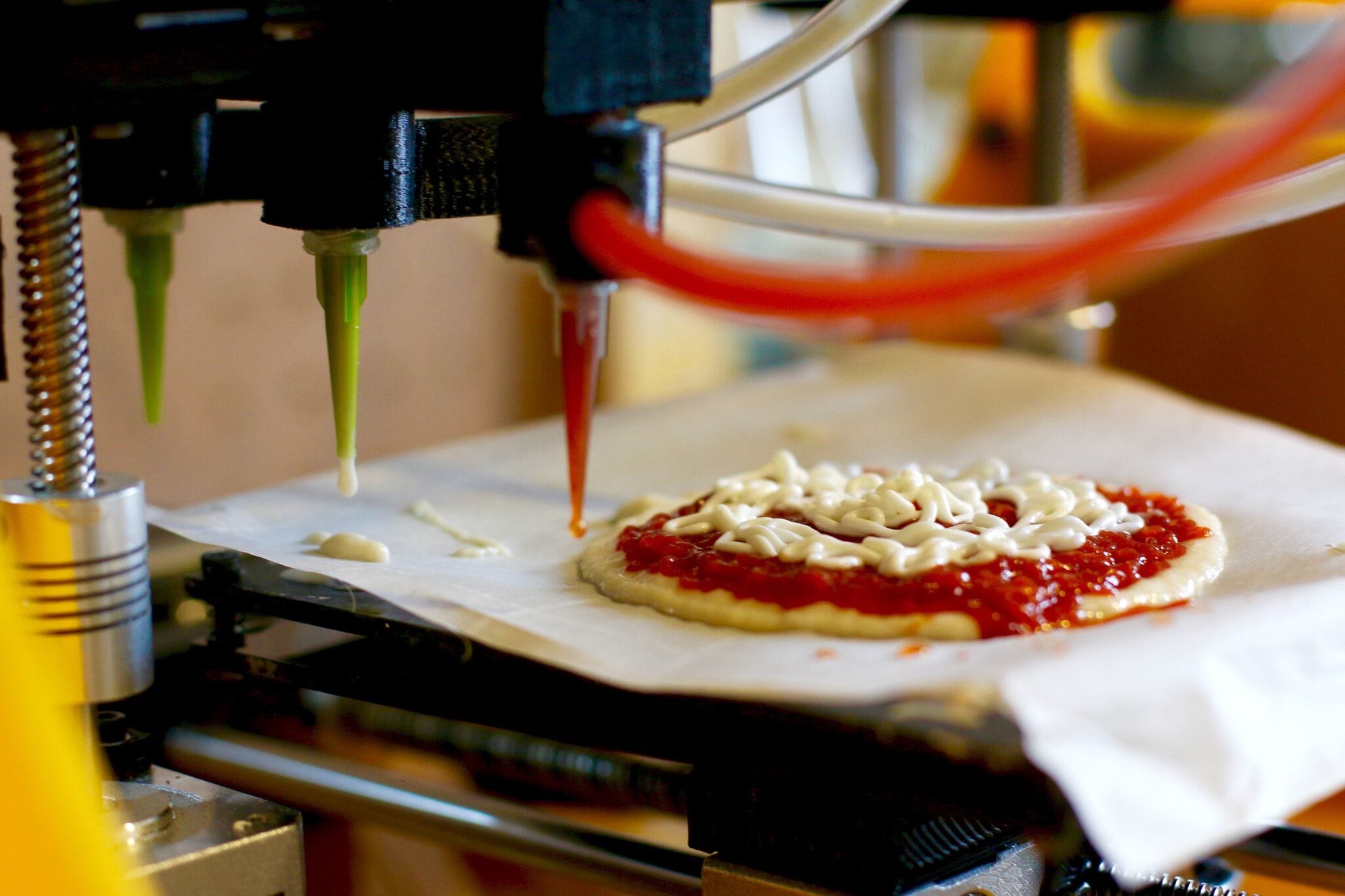
There have been 3D food printing experiments for as long as we’ve been publishing, but it really hasn’t taken off.
One reason why is that efforts have been almost always directed at the consumer market. The idea is to have a magic 3D printer in your kitchen, where it could produce amazing edible food sculptures on demand.
The reality is that paste extrusion, the primary method of 3D food printing, is severely limited in the geometries it can produce, as it is constrained by the rather poor engineering qualities of food products. Translation: paste slumps easily and you can’t make anything very complicated.
Another major problem is the time factor: 3D prints take a long time to complete, and that’s simply unacceptable for someone waiting for a meal. Sure, you could start your kitchen 3D food printer in the morning on an item, and pick it up for lunch, but who’s really going to do that?
As a result, in-kitchen 3D food printing hasn’t really caught on. But where might it catch on?
I can think of two possibilities.
One is industrial production, where a factory containing 3D food printers produce unique items in volume. They might be identical, or they may be customized. It would be a business rather similar to a 3D print service of today, except that the clients would be industry, not consumers.
There are two examples of this underway today. First there is the BeeHex project, in which some folks that had invented a method of 3D printing a pizza transformed their consumer idea into an industrial process. They’re still working on the project, but recognize that there is a market for 3D printed food – from industry. We produced an analysis of their situation here.
And of course I must mention 3D Systems’ recent deal with CSM Bakery Solutions, where they appear to be doing much the same thing with their ChefJet 3D sugar printer.
The other possibility for a viable 3D food printing business might be for local customized food production. Consider a high-end bakery that produces wedding cakes or similar fantastic productions. Their business doesn’t operate in real time mode, so the delays of 3D printing may not be so much of an issue.
They could accept an order for a complex food project and work on it over time, delivering it at the right moment – including 3D printed adornments to the cake, for example.
For that to work, the price of the 3D food printer must be very reasonable, probably not more than a few thousand dollars.
And for both ideas, the 3D food printer must also must be highly perfectly foodsafe and reliable, something that could be a challenge for 3D printer manufacturers.
As for those using 3D printers in their kitchens, I suspect this will be an experimental thing for the foreseeable future.

